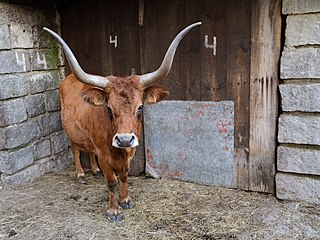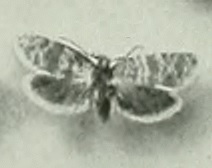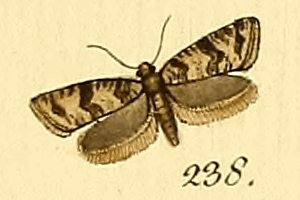
The Peneda-Gerês National Park, also known simply as Gerês, is a national park located in northern Portugal. Created in May 1971, it is the oldest protected area and the only national park in Portugal. It covers an area of 695.9 km2 (268.7 sq mi), occupying the Districts of Viana do Castelo, Braga, and Vila Real and bordering the Spanish Baixa Limia – Serra do Xurés natural park to the north, with which forms the UNESCO biosphere reserve of Gerês-Xurés.

The North Region or Northern Portugal is the most populous region in Portugal, ahead of Lisbon, and the third most extensive by area. The region has 3,576,205 inhabitants according to the 2017 census, and its area is 21,278 kilometres (13,222 mi) with a density of 173 inhabitants per square kilometre. It is one of five regions of Mainland Portugal. Its main population center is the urban area of Porto, with about one million inhabitants; it includes a larger political metropolitan region with 1.8 million, and an urban-metropolitan agglomeration with 2.99 million inhabitants, including Porto and neighboring cities, such as Braga, Guimarães and Póvoa de Varzim. The Commission of Regional Coordination of the North (CCDR-N) is the agency that coordinates environmental policies, land-use planning, cities and the overall development of this region, supporting local governments and associations.

Marsupella profunda, the western rustwort, is a liverwort native to Europe and known only from Portugal and Great Britain (Cornwall) and has been sighted in the Canary Islands. It is a small reddish liverwort and can be confused with Marsupella sprucei which has a more widespread distribution.

The Portuguese ibex is an extinct subspecies of Iberian ibex that inhabited the north mountainous zones of Portugal, Galicia, Asturias and western Cantabria. In size and colouration it was much like the Spanish animals, though inclining towards brown rather than black markings. Its horns were strikingly different from any of the other Iberian subspecies. They were only half the length of the Pyrenean ibex, but were almost twice as wide, and, consequently, much closer together at their base.

Entre Douro e Minho is one of the historical provinces of Portugal which encompassed the country's northern Atlantic seaboard between the Douro and Minho rivers. Contemporaries often referred to the province as simply "Minho". It was one of six provinces Portugal was commonly divided into from the early modern period until 1936, although these provinces were not recognized as official units of government.

The Serra do Cipó National Park is a national park in the state of Minas Gerais, Brazil.

Serra da Bodoquena National Park is a national park in the state of Mato Grosso do Sul, Brazil.
The Protected areas of Portugal are classified under a legal protection statute that allows for the adequate protection and maintenance of biodiversity, while providing services for ecosystem that maintains the natural and geological patrimony.

Isotrias is a genus of moths belonging to the family Tortricidae.

The Cachena is a breed of triple-purpose cattle from Portugal and Galicia, Spain. In Portugal, there is also the similar but larger cattle breed known by the name, Barrosão or Barrosã. Cachena and Barrosã are sometimes considered variants of the same race.

Baixa Limia – Serra do Xurés is a 209 km2 (81 sq mi) natural park in Galicia, Spain. It is located in the southern province of Ourense. The park was established in 1993. Serra do Xurés is the Galician name for a range of mountains which straddle the border between Spain and Portugal: the Portuguese variant is Gerês.

The geography of Galicia (Spain) is characterized by the contrast between the low altitude coastal relief and, further inland, by the higher altitude of the Galician Massif which itself offers contrasts between the morphology of the high northern plains and the southern mountains and valleys.

Isotrias rectifasciana, the hedge shade, is a species of moth of the family Tortricidae found in Asia and Europe. The moth was first described by the English entomologist, Adrian Hardy Haworth in 1811.
Isotrias martelliana is a species of moth of the family Tortricidae. It is found in Italy.

Isotrias joannisana is a species of moth of the family Tortricidae. It is found in central and southern Italy. There are also records for France and Spain.

Isotrias hybridana is a species of moth of the family Tortricidae. It is found in France, Spain, Portugal, Italy, Germany, Poland, the Czech Republic, Slovakia, Austria, Hungary, Ukraine and most of the Balkan Peninsula.

Isotrias cuencana is a species of moth of the family Tortricidae. It is found in Spain.
Isotrias huemeri is a species of moth of the family Tortricidae. It is found on Monti del Pollino in Italy.
Isotrias buckwelli is a species of moth of the family Tortricidae. It is found in Morocco.

The Serra das Confusões National Park is a national park in the state of Piauí, Brazil.















